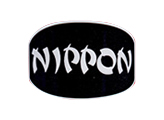How to Compost Fallen Leaves
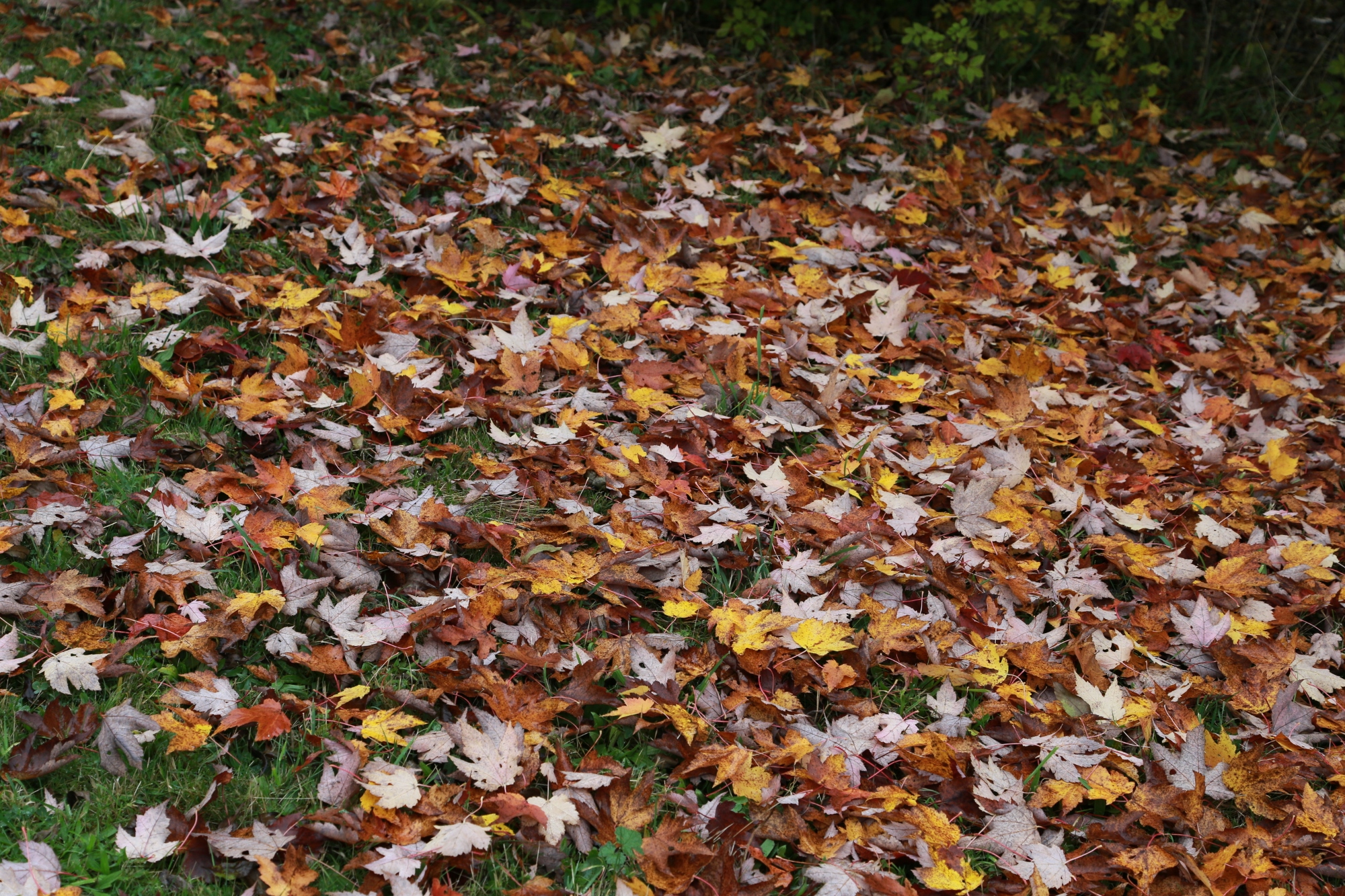 Autumn is a beautiful time of the year as the leaves of deciduous trees change from green to shades of red, flame and gold, colouring the landscape and garden. However all gardeners know that it signals many weeks of falling leaves that collect on the beds and borders, litter paths and drives, block gutters and bury the lawn under a dense carpet. Although a little hard work is involved, these fallen leaves are valuable; they can be composted, making a rich organic mulch and soil improver, given a little time and encouragement.
Autumn is a beautiful time of the year as the leaves of deciduous trees change from green to shades of red, flame and gold, colouring the landscape and garden. However all gardeners know that it signals many weeks of falling leaves that collect on the beds and borders, litter paths and drives, block gutters and bury the lawn under a dense carpet. Although a little hard work is involved, these fallen leaves are valuable; they can be composted, making a rich organic mulch and soil improver, given a little time and encouragement.
Grass continues to grow in autumn and winter and it is really important to keep on grass cutting as necessary. This is also a great way to collect leaves as they fall. Even if there are still plenty to come down, and leaf fall may continue into midwinter, it is still best to keep on top of the job to keep the grass in good condition. If you leave the leaves on the lawn for a couple of weeks they become a soggy blanket. This will weaken, the grass making it more susceptible to moss infestation and lawn diseases.
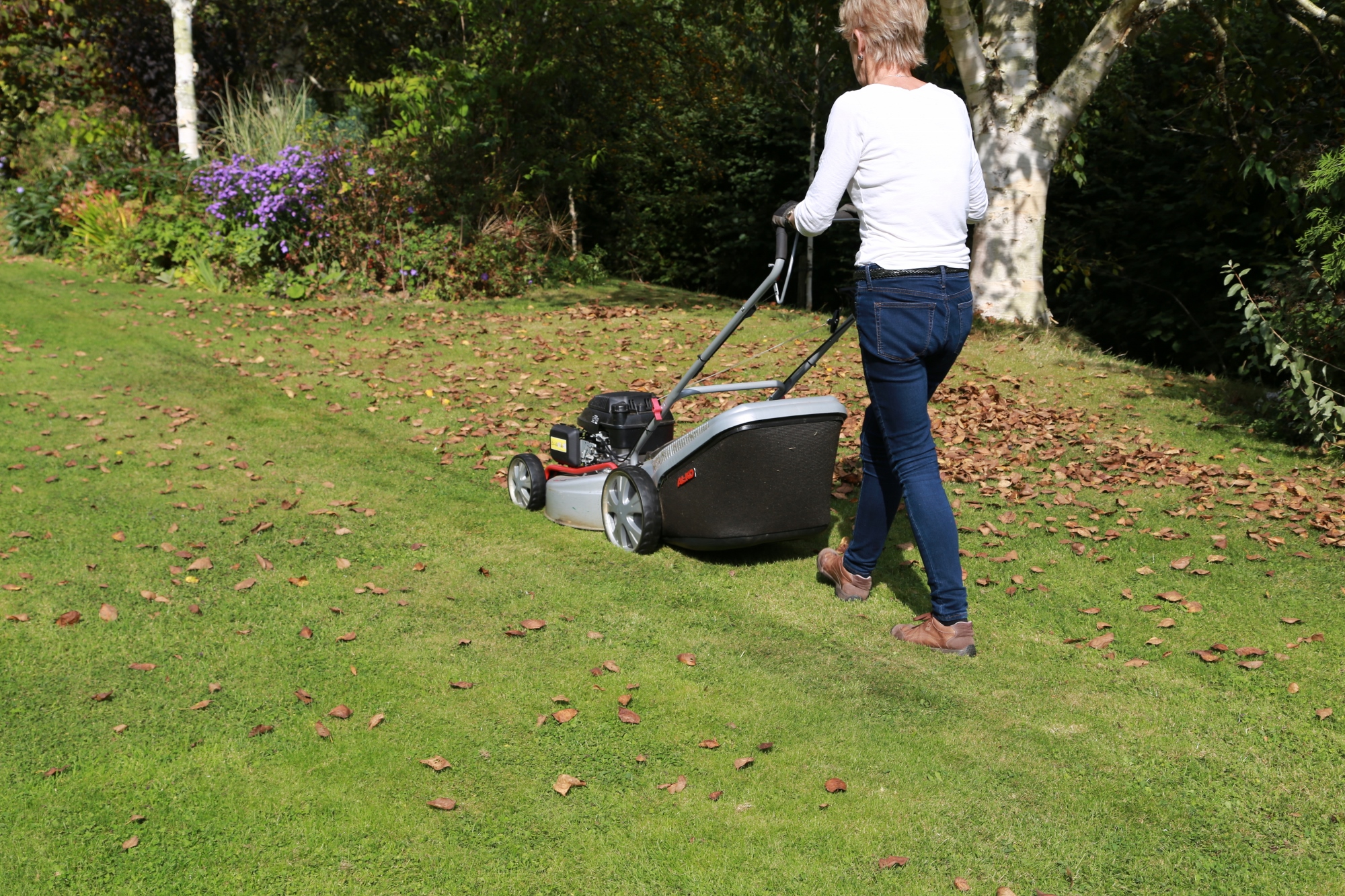 If you have a rotary or ride-on mower that collects, set it to a higher setting than you would use in summer. Ideally you do not want to reduce the grass height by more than one third. Using a rotary mower to collect the leaves works brilliantly because it chops them up a bit and mixes them with grass cuttings. This means you’ve got a blend of green and brown garden waste already to compost.
If you have a rotary or ride-on mower that collects, set it to a higher setting than you would use in summer. Ideally you do not want to reduce the grass height by more than one third. Using a rotary mower to collect the leaves works brilliantly because it chops them up a bit and mixes them with grass cuttings. This means you’ve got a blend of green and brown garden waste already to compost.
Of course you cannot do all leaf collection with the mower; a plastic leaf rake is an essential piece of kit. Choose a nice robust one with a slight curve to the head and stiff enough tines. A wire rake is useless for leaves because they just get impaled on the tines. Before you get the mower out rake out the leaves from awkward corners and from steep banks. If the piles are not too large you can still pick them up with the mower.
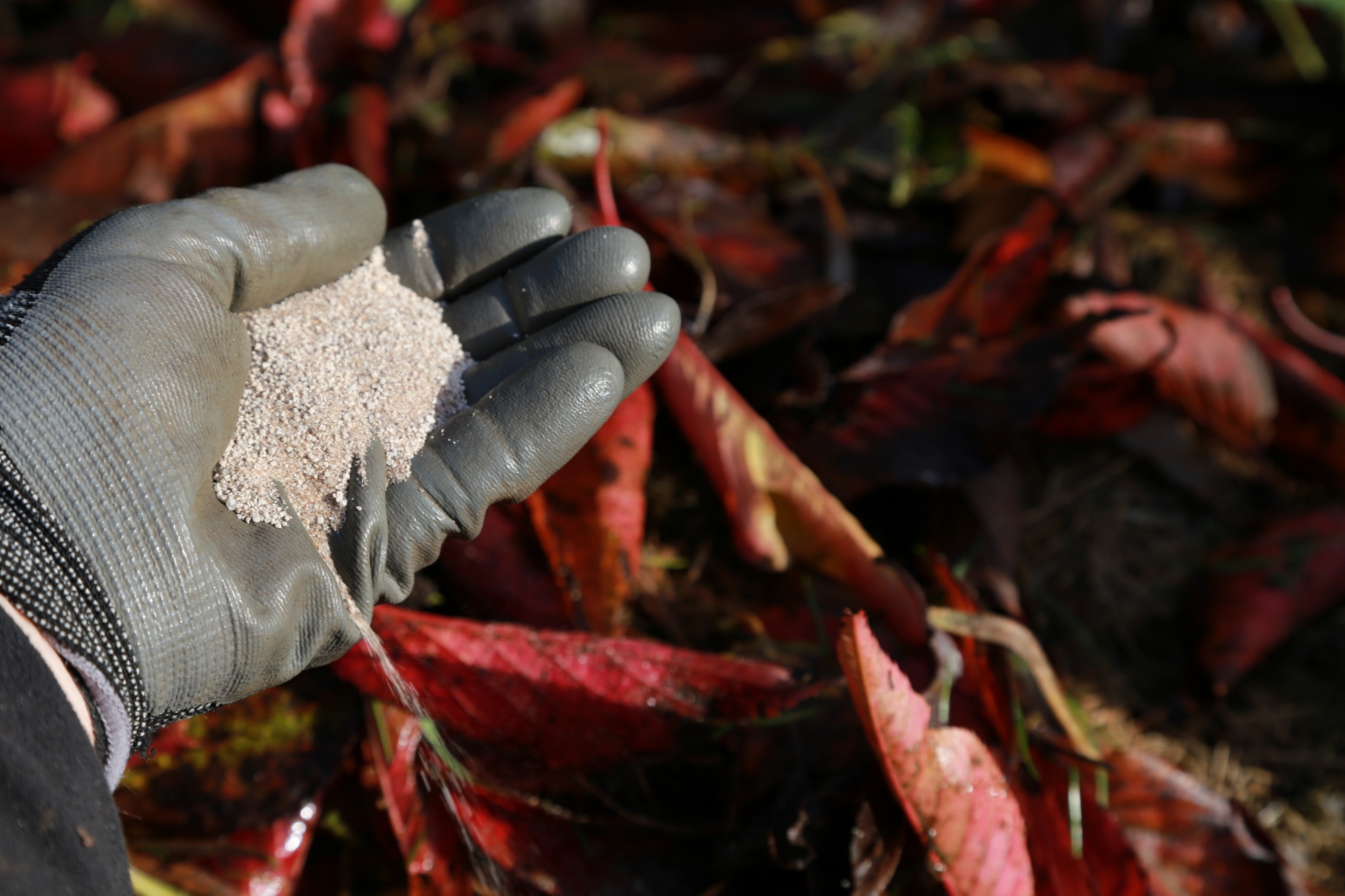 Fallen leaves take longer to break down than grass cuttings, soft plant trimmings and vegetable waste. Time to compost depends on the leaf type: oak and beech leaves will take a couple of years, whereas sorbus and birch compost in twelve months. To hasten the process use Vitax Compost Maker. Just sprinkle it on to the leaves as you add a layer to the compost heap. It works best when the leaves are moist, so leaves mixed with grass are ideal.
Fallen leaves take longer to break down than grass cuttings, soft plant trimmings and vegetable waste. Time to compost depends on the leaf type: oak and beech leaves will take a couple of years, whereas sorbus and birch compost in twelve months. To hasten the process use Vitax Compost Maker. Just sprinkle it on to the leaves as you add a layer to the compost heap. It works best when the leaves are moist, so leaves mixed with grass are ideal.
In large gardens compost heaps may be just heaps of compostable material, covering these with heavy polythene sheet or carpet helps to conserve moisture and warmth and hastens the composting process.
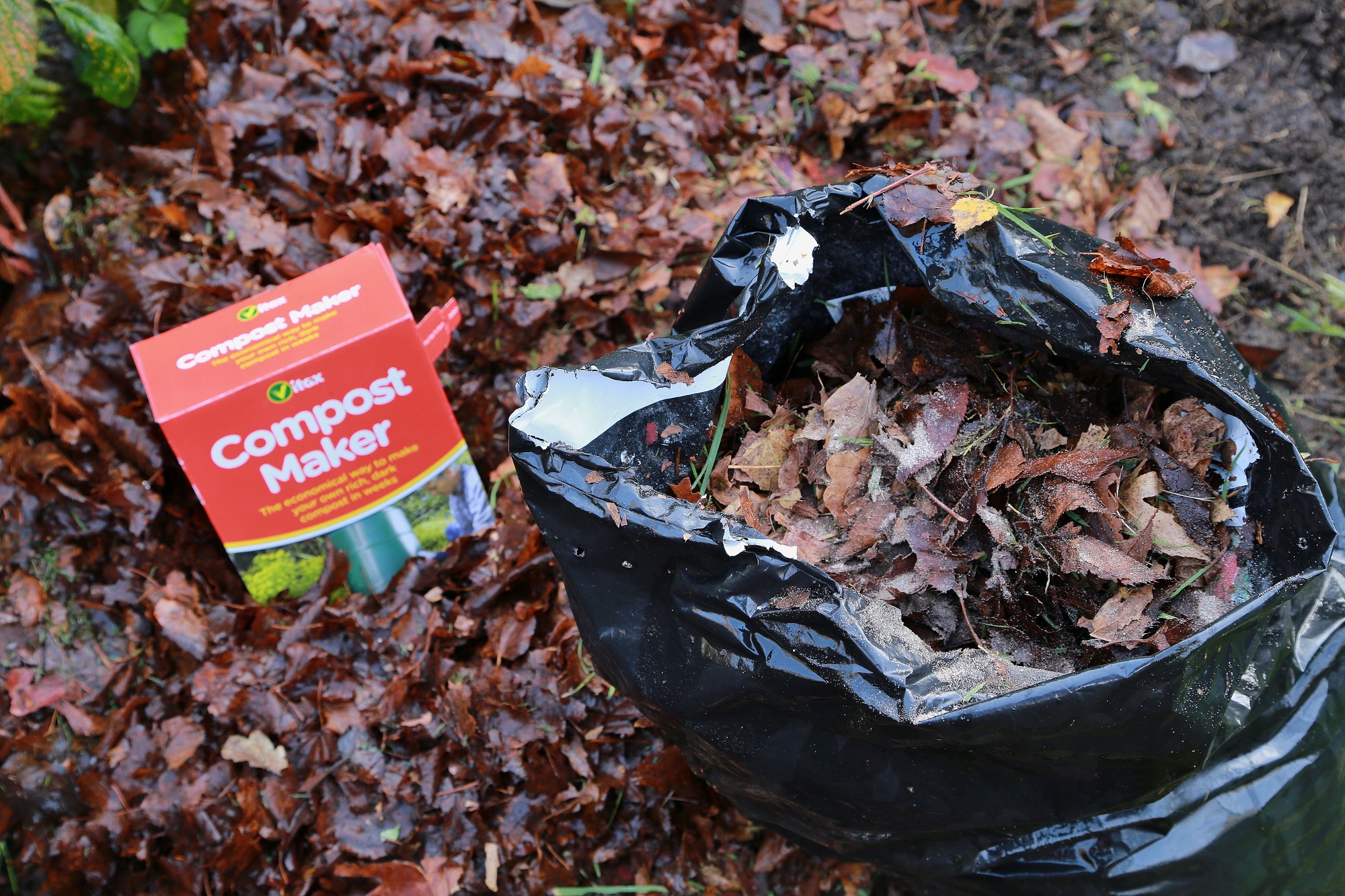 In smaller gardens, if you have not got a dedicated compost bin, use plastic sacks. Large bags from growing media are ideal. Turn the bags inside out, so that they are black on the outside. Fill with fallen leaves, ideally mixed with a few grass cuttings and add Vitax Compost Maker, two or three handfuls, as you go. Moisten the mix if dry and punch a few holes in the bag with a fork: compost needs some air. Now stack up the bags in a corner and leave them for a year or more. This produces wonderful leaf mould compost.
In smaller gardens, if you have not got a dedicated compost bin, use plastic sacks. Large bags from growing media are ideal. Turn the bags inside out, so that they are black on the outside. Fill with fallen leaves, ideally mixed with a few grass cuttings and add Vitax Compost Maker, two or three handfuls, as you go. Moisten the mix if dry and punch a few holes in the bag with a fork: compost needs some air. Now stack up the bags in a corner and leave them for a year or more. This produces wonderful leaf mould compost.
You can also use 6X Natural Fertiliser on your compost heap as an accelerator. An excellent source of organic nitrogen, it helps to get the composting process going. It is also an excellent addition to your compost before you spread it on the garden or use it as a soil conditioner: mulch and feed at the same time.
Andy McIndoe for Vitax
Find a stockist near you
To check if the product you require is in stock, please contact the retailer prior to visiting.
Your login details have been used by another user or machine. Login details can only be used once at any one time so you have therefore automatically been logged out. Please contact your sites administrator if you believe this other user or machine has unauthorised access.







